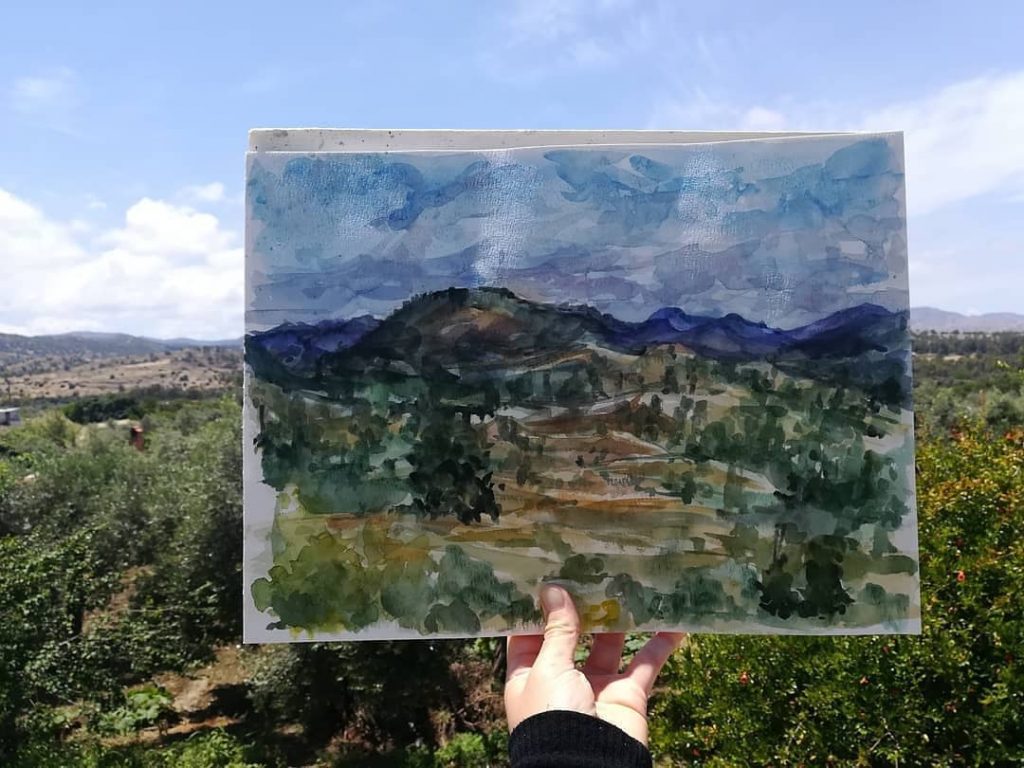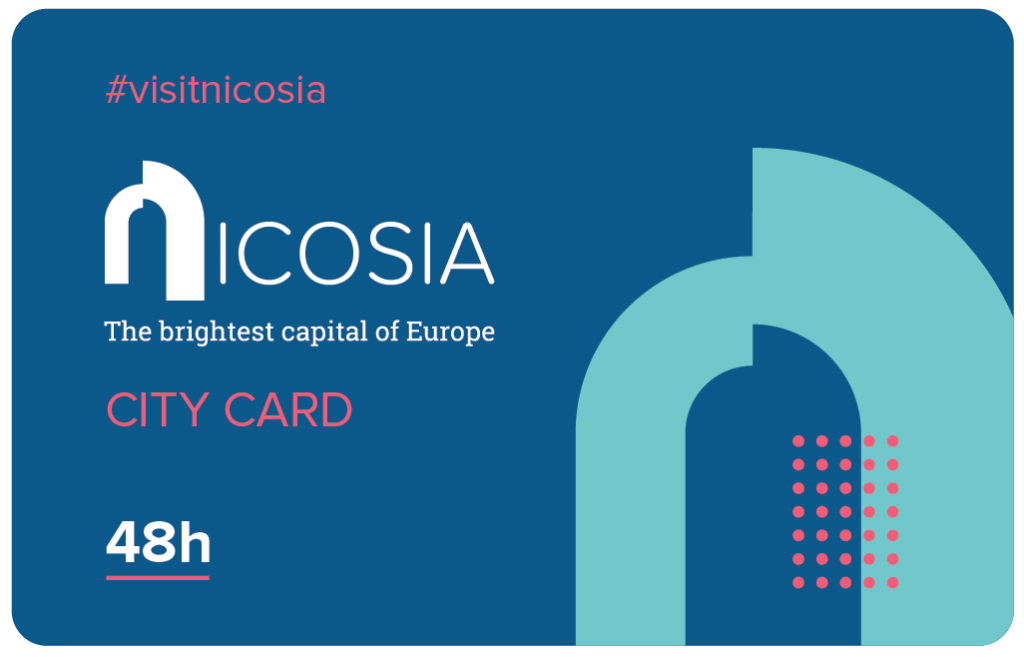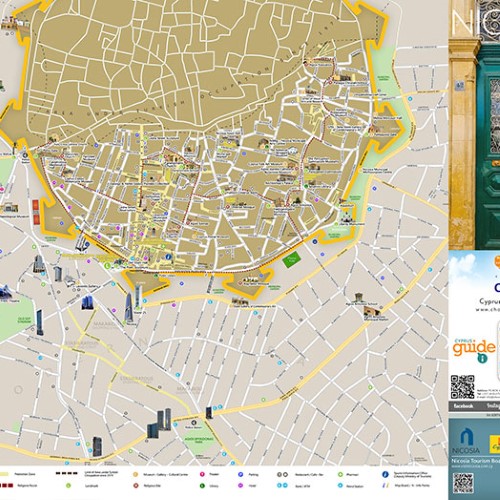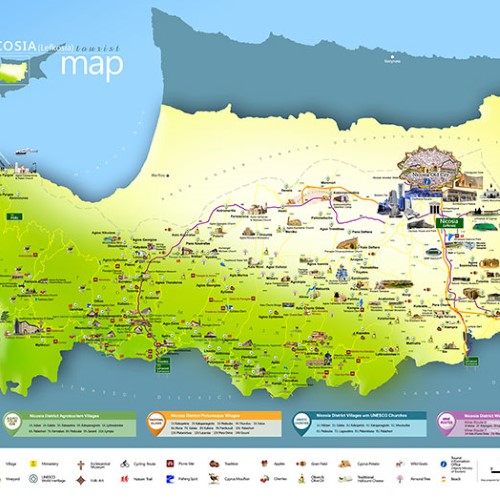ABOUT NICOSIA
The brightest capital of Europe
A Journey through Time in Cyprus' Historic Capital Nicosia
Cyprus’ diminutive size is greatly disproportionate to the wealth of treasures that you will discover during your visit to its capital, Nicosia. Dating back to the Bronze Age, Nicosia is perhaps the only area of Cyprus that has been continuously inhabited since the Chalcolithic Era (3000 B.C until present day), with its first inhabitants settling in the fertile Mesaoria Valley.
Nicosia’s illustrious history and geographical uniqueness have made it a crossroads for some of history’s most important civilizations. Imprints left by greats such as the Ptolemies, Romans and the Byzantines, the Franks, Venetians, Ottomans and finally the British may be encountered in one’s travails through the Old Town area of Nicosia.
It may surprise some to discover that Nicosia was not always the impressive capital that one encounters today. Historians believe that that it was built over the ancient city of Ledra, a small town that existed around 7th – 8th century B.C.

Journey within Venetian Walls of Nicosia from Monarchy to Ottoman Era


It was only when the monarchical institutions fell at the end of the 4th century that Nicosia was able to take advantage of its natural resources and geographical position at the centre of the island. Cyprus’ last days as a monarchy ended with the Franks when Catherine Cornaro, the last queen of Cyprus, was forced to give the island to Venetians. Old Nicosia is surrounded by the Venetian Walls, behind which one may discover the city’s historic past unfold into a magical labyrinth of museums, old churches and medieval buildings.
The Nicosia Walls were built by the Franks in the 16th century after the Lusignan kings arrived on the island. The Venetians realized that the walls did not offer adequate protection from invaders and tore them down, replacing them with the walls that remain until present day. The Ottomans repaired the Walls and covered them with stones during their occupation of Nicosia. Until today, the Walls are the most well – preserved construction in the city.
Explore Nicosia's Laiki Geitonia, Museums, and Churches for Centuries of Cultural Evolution.
Also noteworthy is the Armenian Church and Monastery (Notre Dame de Tyre) that was originally a nunnery during the 13th century. This particular church also has architectural elements from the 14th century, since renovations taking place were never completed the Ottoman siege.



The Modern City of Nicosia
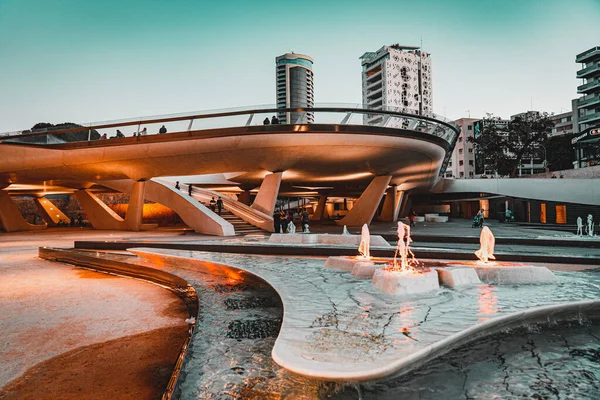
Nicosia is a city that will reward visitors in search of ‘something different’. As a result of the various architectural influences that are visible throughout the city, one cannot help but be charmed by the manner in which past and present, traditional and contemporary have seamlessly fused together. The modern city centre will capture your imagination from the start, with its melting pot of influences that give the city a unique image. The city’s landmarks, museums, theatres, musical events and galleries both inspire and fascinate.
The streets of Makariou, Ledras, Onasagorou, Stassikratous and Mnasiadou offer shopping options that are comparable to many European countries. Nicosia also offers Cypriot and international culinary temptations in the many luxury restaurants that line its streets
Explore Nicosia's rural charm: quaint villages, scenic landscapes, cultural treasures.
Rural Nicosia
Escape the bustling streets of Nicosia and immerse yourself in the rural charm of its surrounding villages like Fikardou, Gouri, and Farmakas. From quaint cobblestone streets to picturesque landscapes, each village offers a unique glimpse into Cypriot countryside life. Traverse modern road networks and take in the wild beauty where lush greenery meets ancient cultural heritage. Machairas Forest and the Troodos Mountains provide stunning backdrops for outdoor adventures like hiking.
Experience warm hospitality in villages such as Agios Epifanios, Ksiliatos, and Agrokipia. Delve into traditional festivals, local cuisine, and tangible cultural treasures, enriching your understanding of Cyprus’s rich history and heritage.
